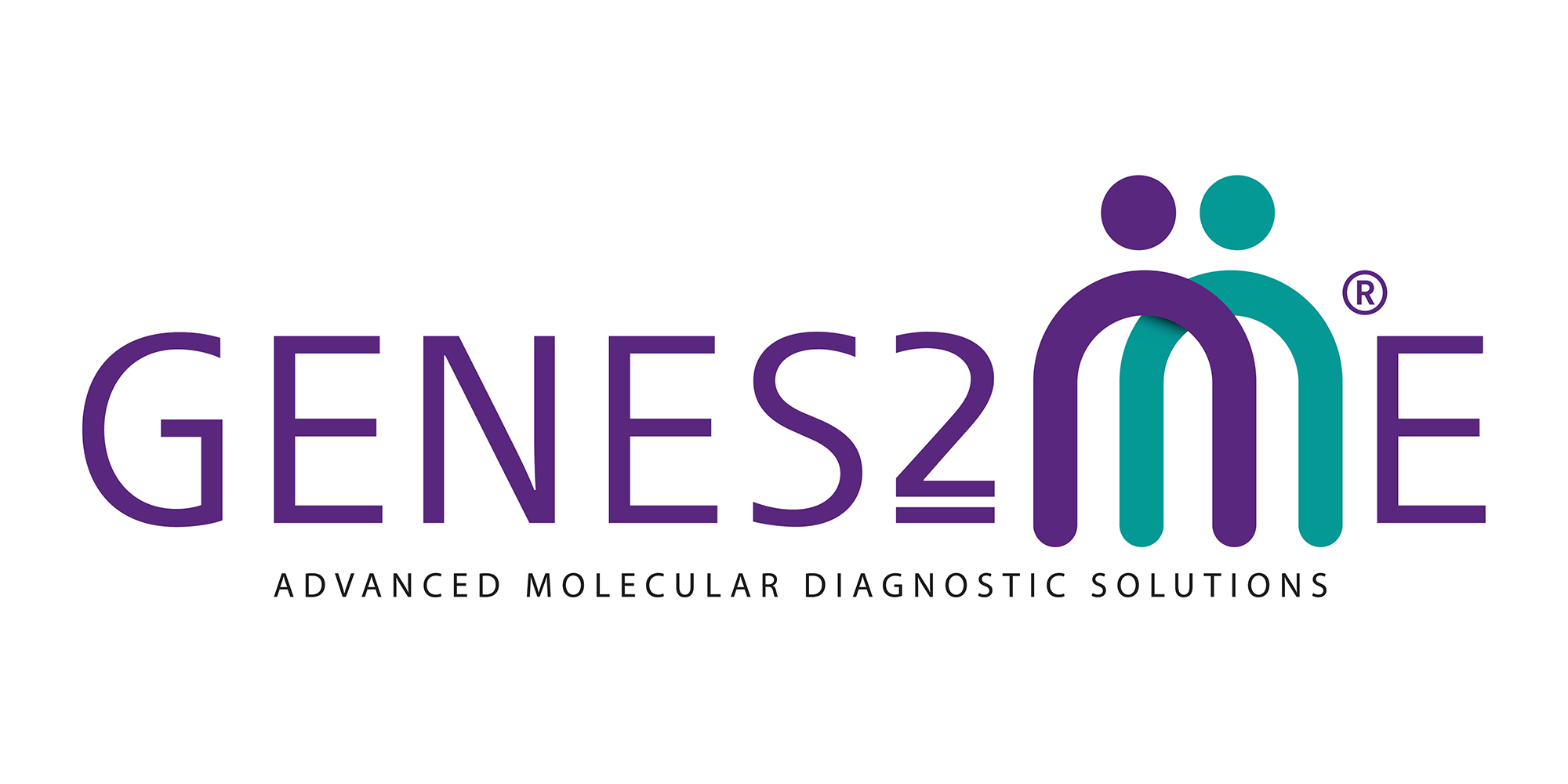
The medical field is one such where comprises are indeed not welcomed. Relatively more lenient and supportive systems that bear the ballistic capability to deliver the most accurate results in detecting issues are required. The Next Generation Sequencing used at Genes2Me is a precise way to detect issues and help understand viral overload. However, when it comes to the matter of getting Neurological Disorders Treatment Solutions for Diagnostics NGS panel has proved to be one of the fines solutions. Let’s take a look at the way NGS helps in getting proper treatment.
An idea of NGS from the perspective of respiratory diseases
In the context of respiratory issues, NGS can identify and characterize pathogens such as viruses, bacteria, fungi, or other microorganisms that may be causing respiratory infections or diseases. By sequencing the genetic material obtained from a respiratory sample, such as a throat swab or sputum sample, NGS can provide valuable insights into the microbial composition and potential genetic variations within a piece.
A few approaches of NGS to detect respiratory pathogens
Magnetic sequencing: In met genomic sequencing, everything hereditary material present in the sample and is further sequenced, including both the host and microbial DNA/RNA. By contrasting known microorganisms’ acquired successions and data sets, specialists can recognize explicit microbes answerable for respiratory issues.
Targeted sequencing: Targeted sequencing centers around unambiguous areas of the genome related to known respiratory microorganisms. This approach considers a more top-to-bottom examination of explicit microorganisms, empowering a more delicate and precise discovery.
RNA sequencing: RNA sequencing (RNA-Seq) is utilized to examine the transcript me, which addresses the total arrangement of RNA particles present in an example. By sequencing the RNA from respiratory examples, analysts can recognize the articulation examples of qualities related to respiratory issues, assisting with figuring out the fundamental sub-atomic systems.
Why NGS
Why do we need Next Generation Sequencing? Introducing NGS with the broader aspect of the diagnostic setting is a way to mauve the overall detection of respiratory infections. Further combining and sequencing the amplification in the Comprehensive Respiratory Virus Panel will help to detect viral overload and non-viral pathogens. Not only respiratory diseases and issues, there are various other sectors where NGS has scored high in securing the right result in detecting issues.



